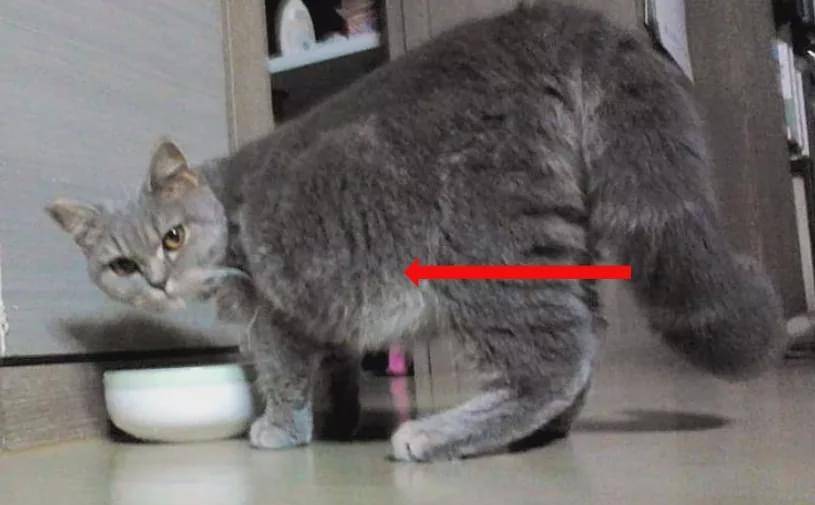Pet Melting Temp: Optimal Conditions for Your Furry Friends
Guide or Summary:Pet Melting Temp: The BasicsCanine Melting Temp: Breed-Specific ConsiderationsFeline Melting Temp: The Cool CatsExotic Pets and Melting Tem……
Guide or Summary:
- Pet Melting Temp: The Basics
- Canine Melting Temp: Breed-Specific Considerations
- Feline Melting Temp: The Cool Cats
- Exotic Pets and Melting Temps
- Understanding Pet Melting Temp: Practical Tips
The world of pet care is an ever-evolving landscape, with each species requiring unique attention to their specific needs. One crucial aspect of pet care that often gets overlooked is the importance of understanding the melting temperatures of various pets. This may sound like a peculiar concern, but the melting temp of a pet can significantly impact their wellbeing and comfort, especially in extreme weather conditions.
Pet Melting Temp: The Basics
Before delving into the specifics, it's essential to clarify what is meant by "pet melting temp." This term refers to the temperature at which a pet's body can comfortably maintain its core temperature, without overheating or becoming hypothermic. This melting point varies significantly among different species, influenced by factors such as fur type, body size, and metabolic rate.
Canine Melting Temp: Breed-Specific Considerations
Dogs, being the quintessential pets, exhibit a wide range of melting temps. For instance, smaller breeds like Chihuahuas and Pugs tend to have higher melting temps, often ranging between 102-105°F (38-40°C). These breeds are more adept at handling warmer climates due to their shorter fur and higher metabolic rate. On the other hand, larger breeds such as Great Danes and Saint Bernards have lower melting temps, typically hovering around 100-102°F (38-38.9°C). These breeds require more careful attention in hot weather to prevent overheating.

Feline Melting Temp: The Cool Cats
Cats, known for their independent nature, also exhibit a varied melting temp. Domestic cats, like Siamese and Maine Coons, have a relatively high melting temp, often ranging from 101-103°F (38.3-39.4°C). This is due to their thicker fur and slower metabolic rate compared to dogs. In contrast, smaller feline breeds such as the Bengal and Serval have lower melting temps, typically around 100-102°F (37.8-38.9°C). These breeds require vigilance in hot weather to ensure they stay cool and hydrated.
Exotic Pets and Melting Temps
Exotic pets, such as reptiles and amphibians, also have specific melting temps that must be respected. For example, bearded dragons have a melting temp that can vary depending on their age and size, typically ranging from 90-95°F (32-35°C). It's crucial to provide them with a thermally efficient enclosure that mimics their natural habitat's temperature range. Similarly, frogs and toads have lower melting temps, often requiring specialized care to avoid overheating in warm environments.
Understanding Pet Melting Temp: Practical Tips
Understanding and respecting your pet's melting temp is crucial for their overall health and comfort. Here are some practical tips to help you manage your pet's temperature effectively:
1. **Know Your Pet's Breed**: Familiarize yourself with your pet's specific melting temp and how it relates to their size, fur type, and metabolic rate.
2. **Monitor the Environment**: Keep a close eye on the temperature and humidity levels in your home or outdoor space, especially during extreme weather conditions.
3. **Provide Shade and Cooling Options**: Ensure your pet has access to shaded areas, especially during hot weather. Consider using cooling mats, fans, or air conditioning to help regulate their temperature.
4. **Stay Hydrated**: Encourage your pet to drink plenty of water, especially in hot weather. This helps regulate their body temperature and prevent dehydration.
5. **Regular Check-ups**: Schedule regular veterinary check-ups to monitor your pet's overall health, including their ability to maintain a comfortable temperature.
In conclusion, understanding your pet's melting temp is an essential aspect of responsible pet care. By respecting and managing your pet's temperature needs, you can help ensure their comfort, health, and happiness in any weather condition. Remember, a happy pet is a healthy pet, and taking the time to understand their unique needs can make all the difference in their lives.